How To Tell When An Animal is Ready For Slaughter
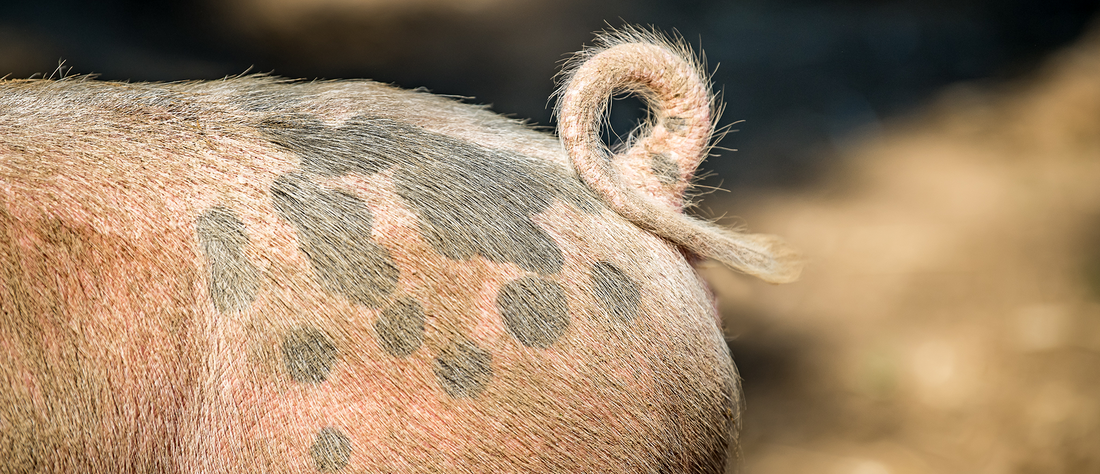
Rearing animals for meat it a job we take very seriously here at The Organic Butchery. We want our customers to enjoy delicious meat, yes, but it’s also important for us to release only the healthiest, best quality product into the food chain. Added to that there’s the responsibility we have to the livestock. We want them to live natural lives free from need or stress and we aim to carry that consideration all the way through to slaughter.
When an animal – be it a sheep, cow, pig or chicken – is ready to be slaughtered it’s referred to as being ‘finished’. And knowing how to get their animals to that position and being able to identify it are crucial skills for every stock person. So what exactly are they looking for?

Target weight: each species has an ideal weight at which animals can be slaughtered. Getting them to that weight can be done quickly (with the use of concentrated food and even growth promoters) but we choose to take things more slowly, letting our animals grow on a natural diet. That results in a better balance of fat and meat on the carcass. Not only does the target weight ensure a good yield of meat but it’s also defined as the point at which the animal’s daily live weight gain starts to tail off as their energy goes into maintenance.
Appropriate age: animals can be slaughtered young if their development is hurried along, but we think extra time not only improves the quality of our livestock’s lives, it also produces characterful meat. Beef cattle are slaughtered before 30 months old when their meat is sufficiently mature. After that time their expected lifetime feed costs are greatly increased making them less economical to keep. Sheep can be slaughtered at varying ages to create different products: lamb is less than 12 months, hogget is between one and two years and mutton is over two years. Pigs will also have longer or shorter lives depending on the meat for which they’re intended. Smaller, leaner pigs produce pork at about six months; sausages come from fatter pigs grown to around ten months.
Condition scoring: this is where we get hands-on with the animals, understanding how well developed they are. A very skilled stock person can estimate weight just by looking at an animal and will be able to establish if there’s enough muscle on the skeleton by running a hand over various areas of the body. The brisket, ribs and rump are especially important to check when condition scoring beef cattle. The backbone, short ribs and top of the tail are good indicators of ‘finish’ in a lamb.
Overall health: before being considered fit for slaughter, any animal must be healthy, in good condition and free from medication. All veterinary pharmaceuticals have withdrawal periods during which animals can’t be slaughtered for meat. As an organic farmer, we double these recommended periods in order to ensure all of our meat in untainted.
No comments
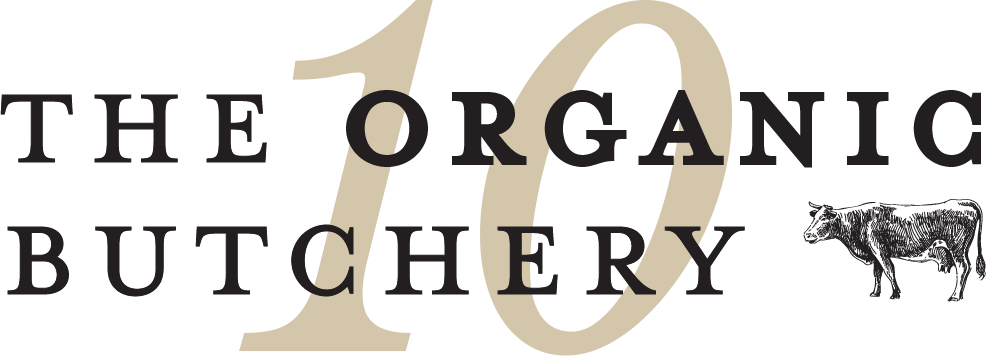


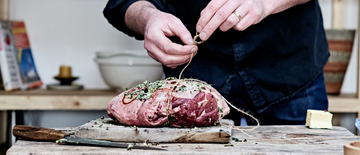
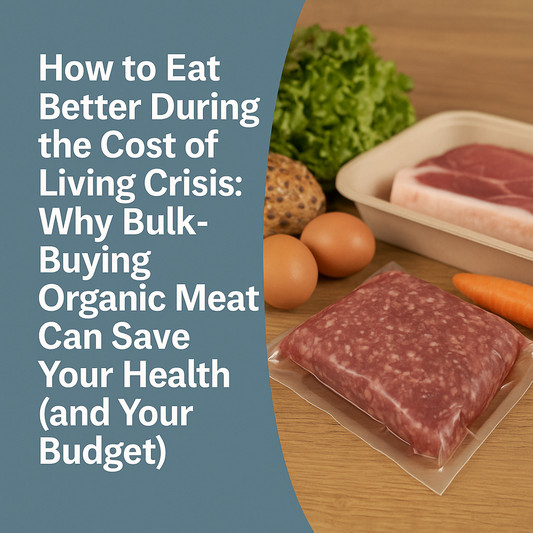


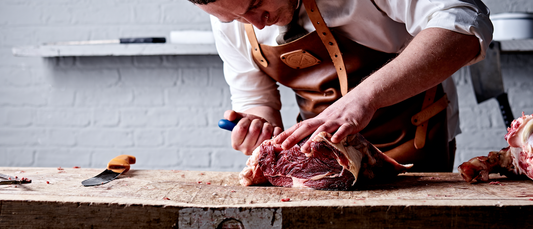
0 comments